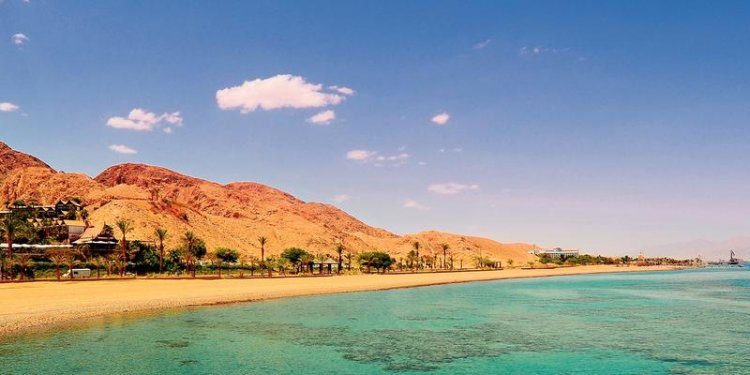
Thomas Cook Nile Cruises
For all nineteenth and early twentieth-century tourists, a cruise over the Nile River ended up being the centerpiece of a trip to Egypt. As Douglas Sladen remarked in 1910, “To me the Nile had been a source of never-ending interest and delight; the shining bond which linked Egypt from end-to-end; the highway into dark Sudan; the road of ancient Egyptian temples; the nation road from where the thing is most of the charming process of Egyptian agriculture; a chapter in reputation for the humours of Egypt” (387). Sladen's overwrought prose reveals not just the tourist's take pleasure in the Nile cruise, but in addition the degree that he and lots of of his compatriots viewed Egypt as site regarding the exotic and unchanging-or unchanged by time.
Before the 1870s, the principal method in which tourists traveled over the Nile was at a dahabiya, a big houseboat with cross-sails. According to Donald Reid, in 1858 “a forty-day round trip from Cairo to Luxor price about £110; a fifty-day trip to Aswan and back, about £150” (85). Nevertheless experience of the Nile cruise changed substantially over the course of the nineteenth century, while the tourism company Thomas Cook Ltd. brought fast steamers and organizational skill to make the Nile cruise from a leisurely three-month cruise to a twenty-day sightseeing expedition. As Reid records, “Steamers had cut the time needed for Upper Egyptian tours by one-half to two-thirds, freed tourism through the vagaries regarding the wind, and produced the particular schedules the professional age demanded” (85). By 1900, the railroad introduced a substitute for the steamer; dahabiyas were reserved only for the essential rich, leisured people.

















